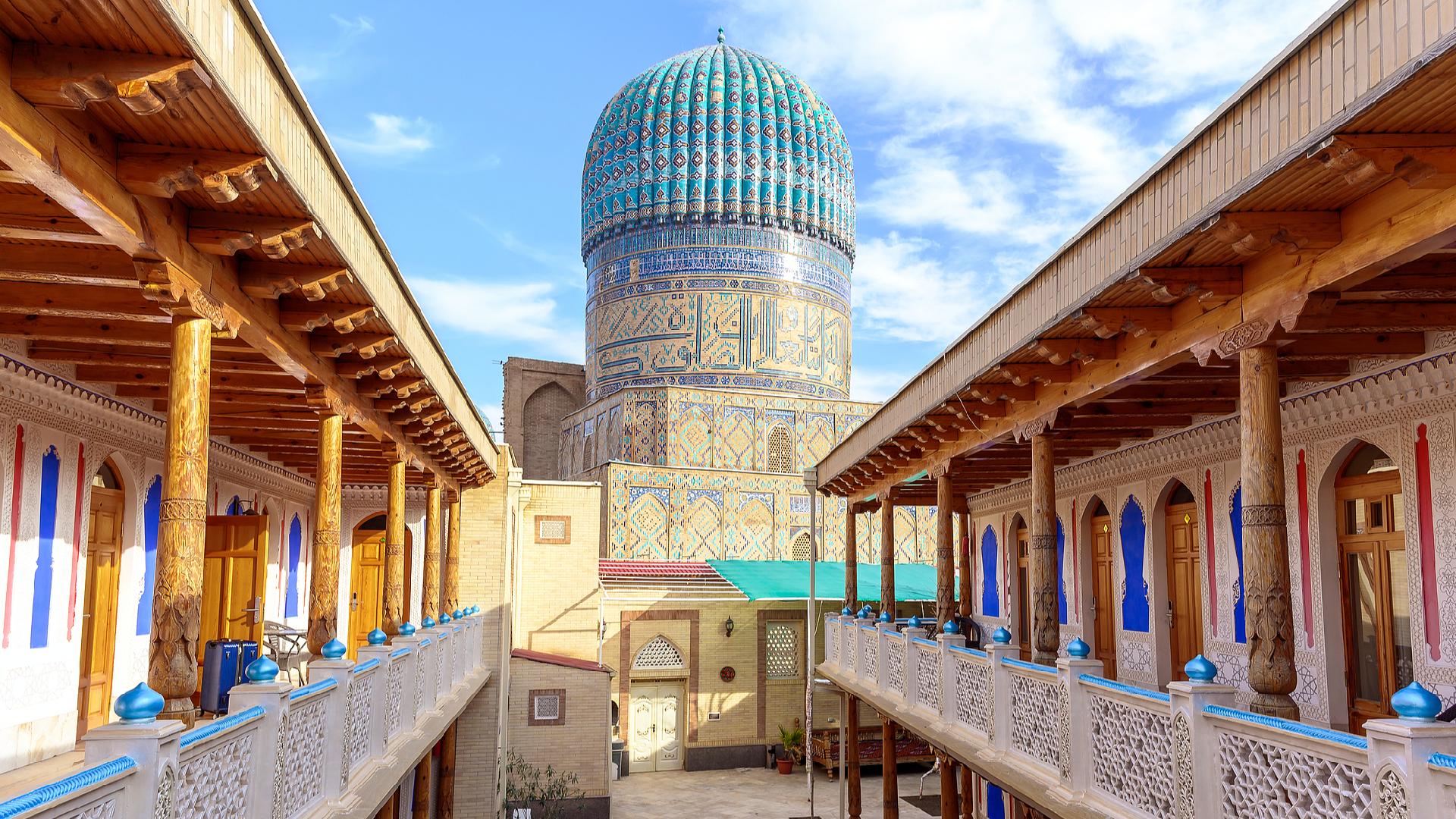Uzbekistan Ramps Up Road Infrastructure to Meet Surging Traffic Demands




Uzbekistan's Road Infrastructure Development
In a spirited endeavor to upgrade its transportation network, Uzbekistan finds itself at the forefront of infrastructure innovation. As traffic demands soar, with current highway capacities stretched to their limits, the nation's bold strides toward road enhancements are truly commendable. President Shavkat Mirziyoyev, being the key visionary behind these developments, has set the stage for a fascinating transformation of the nation's highways.
With an impressive network exceeding 184,000 kilometers, Uzbekistan's roads are bustling with activity. The Tashkent-Samarkand highway is emblematic of the urgency needed in Uzbekistan's infrastructure evolution. Originally tailored to manage 32,000 vehicles daily, this vital corridor now manages a whopping 45,000 vehicles, with travel times stretching painfully to six hours. By merely glancing at future forecasts, where vehicle numbers could skyrocket to 80,000 by 2030, one instantly grasps the pressing need for infrastructural revolution.
With a Presidential Resolution spotlighting these concerns, October 10, 2023, marked a pivotal moment for modern highway strategy. This bold move lays down the foundation for a leap in transport infrastructure, not only seeking to enhance the lives of Uzbek citizens by improving connectivity but also aiming to invigorate the national economy. The resolution unveils a forward-thinking strategy set to transform the roadway landscape, ensuring seamless transport links and stronger economic ties across the nation.
A highlight is the Tashkent-Andijan highway project, which has sparked international intrigue, with over 30 global firms eager to shape its future since the January 2024 tender announcement. Facilitated by the partnership with the World Bank, this high-speed, 314-kilometer marvel isn't just a road—it's a catalyst for economic uplift, poised to cut travel times dramatically from five hours to just three hours, spur GDP growth by 2.6%, and enhance road safety substantially via a 40% reduction in traffic incidents.
This project represents a remarkable testament to the global interest in Uzbekistan's future, with leading foreign companies eagerly participating in the international tender process. The highway promises to be a game-changer, serving as a flagship example of modern transport infrastructure that combines economic growth with enhanced safety measures.
Equally transformative is the new Tashkent-Samarkand route, designed to symbolize efficiency by slashing travel durations from five to three hours. With a 300-kilometer stretch planned alongside international experts, this auxiliary highway promises to alleviate the burden of congestion while radiating modernity and convenience to its users through diverse paid services. The newly planned corridor has concluded its feasibility study in collaboration with international consultants, underscoring an advanced design with modern amenities.
This supplementary highway is strategically designed to ease the congestion of existing routes, thus improving travel efficiency and safety. The initiative is expected to transform the connectivity landscape by adhering to modern standards with improved amenities for travelers, introducing paid services for a seamless travel experience.
The impact of these projects extends beyond mere convenience. These highways are not just segments of asphalt but are evolving into modern conduits of convenience and safety, equipped with comprehensive services catering to the needs of today's travelers. The combination of economic growth and safety improvement highlights the profound benefits of these infrastructure advancements, with projections showing significant contributions to national GDP growth.
Perhaps most importantly, these projects promise dramatic improvements in road safety, with the Tashkent-Andijan highway alone projected to reduce traffic accidents by 40%. This focus on safety, combined with enhanced connectivity, demonstrates the comprehensive approach to infrastructure development that Uzbekistan is pursuing.
As domestic construction prowess becomes a cornerstone of this national endeavor, Uzbekistan is set to not only pave roads but also economic pathways. Domestic construction companies are in the spotlight, playing crucial roles and propelling the nation's economic development further. The substantial role these companies will play contributes significantly to national economic development while building local capacity and expertise.
The transport ministry is vibrant with action, orchestrating site preparations, investment attractions, and spirited construction marches. Recent insights from the Minister of Transport underscore the collaborative spirit propelling these projects towards timely fruition. Priorities include advancing geodetic surveys, prepping construction arenas, securing investments, and rallying contractors—an orchestrated symphony promising to redefine Uzbek travel.
With robust international collaborations and investment interests, Uzbekistan is poised to harness these infrastructure projects to drive both economic prosperity and enhanced safety across its road networks. Each milestone in this captivating journey ensures Uzbekistan's economic pulse beats stronger, with roads that herald prosperity and connectivity. These endeavors are paving the way for timely project completions, ensuring Uzbekistan's ambitious vision for transportation is not just a plan but a reality unfolding.
As the nation accelerates its ambitious road infrastructure projects, the drive through Uzbekistan is set to become a smoother, safer, and more efficient experience for all travelers, marking a new era in the country's transportation landscape.
Comments